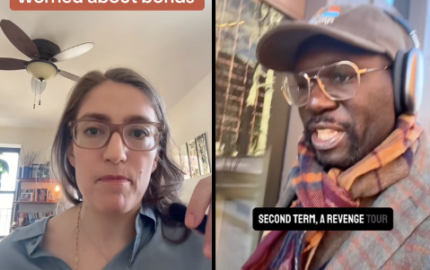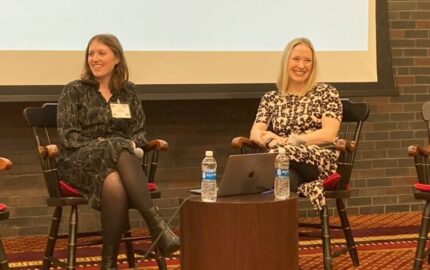 "Top Secret America," The Washington Post’s massive effort to identify a network of secret facilities blanketing the nation, has garnered particular attention today. For the last two years, Pulitzer Prize winner Dana Priest and fellow Post reporter William Arkin have been using public information to establish the locations of sites devoted to homeland security in the post-9/11 era.
"Top Secret America," The Washington Post’s massive effort to identify a network of secret facilities blanketing the nation, has garnered particular attention today. For the last two years, Pulitzer Prize winner Dana Priest and fellow Post reporter William Arkin have been using public information to establish the locations of sites devoted to homeland security in the post-9/11 era.The project includes an article, a U.S. map of facilities and a graphed network of the relationships between government agencies and contractors, as well as a trailer from collaborator Frontline for what will become an October show on PBS. With months until airtime, the Post and Frontline are inviting audience help in getting the full story. The Post site has contact information and a "submit" button inviting people to "contribute to this ongoing project." Frontline’s dedicated page for the project says “Help our continuing investigation of "Top Secret America," and offers its own phone number and email address. It is not the first time that Frontline has collaborated on posting material and asking for tips, sometimes well in advance of knowing what the final angle or story will be.

So what does that have to do with "Star Wars"? Well, it is almost a galaxy far, far away from national security, but the 2010 Emmy Award Nominees were announced a few days ago, and "Star Wars: Uncut" was included in the category of "Outstanding Creative Achievement in Interactive Media."
The project, a user-generated retelling of the first "Star Wars" film, involves users grabbing their favorite 15-second clips from the movie and recreating that scene in some form – whether via Legos, a suburban setting, animation, or dog actors – and uploading the homemade version to the site. The site then reconstructs the movie as viewable in one long narrative of bits created by the audience. See this explanation of the project to view some choice scenes and discover all the versions that ensued after the summer 2009 launch.
[In case you prefer to stick to non-fiction examples of crowdsourcing as a way to more complete storytelling, word came this morning that ProPublica’s Distributed Reporting and 48 Hour Magazine’s crowdsourced call for contributors won Knight-Batten awards for the creative use of new technologies "to engage citizens in public issues and showcase compelling models for the future of news." See the full list of this year’s winners here.]
At the far ends of the spectrum – from vital national security reporting to a fan tribute to a cultural legacy – "Star Wars: Uncut" and "Top Secret America" show how interactivity is influencing how we unearth the unknown and reinterpret our bedrock stories. Separate elements of a story can be integrated, expanded, or made more complete by audience collaboration. And while Chewbacca isn’t likely to cross over onto the front page of the Post or make an appearance on Frontline any time soon, you can contact those news organizations with your top secret tips. And you can take your own star turn when "Star Wars: Uncut" cracks open "The Empire Strikes Back" for reinvention later this year.


